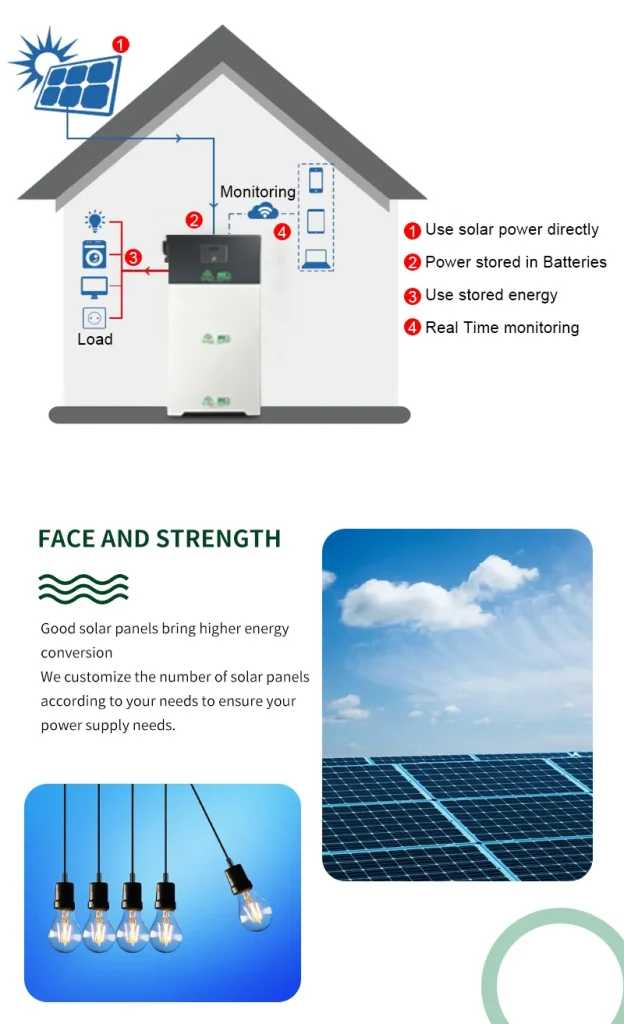In recent years, the demand for renewable energy has increased significantly due to growing concerns over climate change and energy security. Photovoltaic (PV) technology has emerged as a leading source of renewable energy, with PV systems being installed in homes, businesses, and even utility-scale power plants. One of the latest innovations in PV technology is the photovoltaic integrated machine (PIM), which combines several components of a PV system into a single unit. In this blog, we will discuss the advantages of PIM and why it is becoming a popular choice for solar energy applications.

Advantages of PIM
- Simplified Design and Installation
PIM combines several components of a PV system, including the solar panels, inverters, and energy storage systems, into a single unit. This simplifies the design and installation process, reducing the time and cost required for installation. PIM units can be easily mounted on roofs or walls, and the integrated design eliminates the need for complex wiring and connections.

- Increased Efficiency and Performance
PIM units are designed to maximize the efficiency and performance of a PV system. The integrated design ensures that all components are optimized to work together, reducing energy loss and improving overall system performance. PIM units also incorporate advanced technologies, such as maximum power point tracking (MPPT), which optimizes the performance of solar panels by adjusting the voltage and current to the optimal level.

- Improved Reliability and Durability
PIM units are designed to be highly reliable and durable. The integrated design reduces the number of components that can fail, increasing the reliability of the system. PIM units are also made from high-quality materials that are resistant to corrosion, UV radiation, and extreme weather conditions, ensuring long-lasting performance.
- Enhanced Safety and Monitoring
PIM units incorporate advanced safety features, such as surge protection and overvoltage protection, which protect the system and the building from damage. PIM units also include advanced monitoring systems, which provide real-time data on the system’s performance and energy production. This allows users to monitor the system’s performance and identify any issues quickly, improving the overall safety and reliability of the system.

Conclusion
In conclusion, PIM is a new and innovative technology that offers several advantages over traditional PV systems. The simplified design and installation process, increased efficiency and performance, improved reliability and durability, and enhanced safety and monitoring make PIM a popular choice for solar energy applications. PIM units are available in a variety of sizes and configurations, making them suitable for a wide range of applications, from residential installations to large-scale power plants. By choosing a PIM system, users can enjoy the benefits of renewable energy while reducing their carbon footprint and energy costs.
